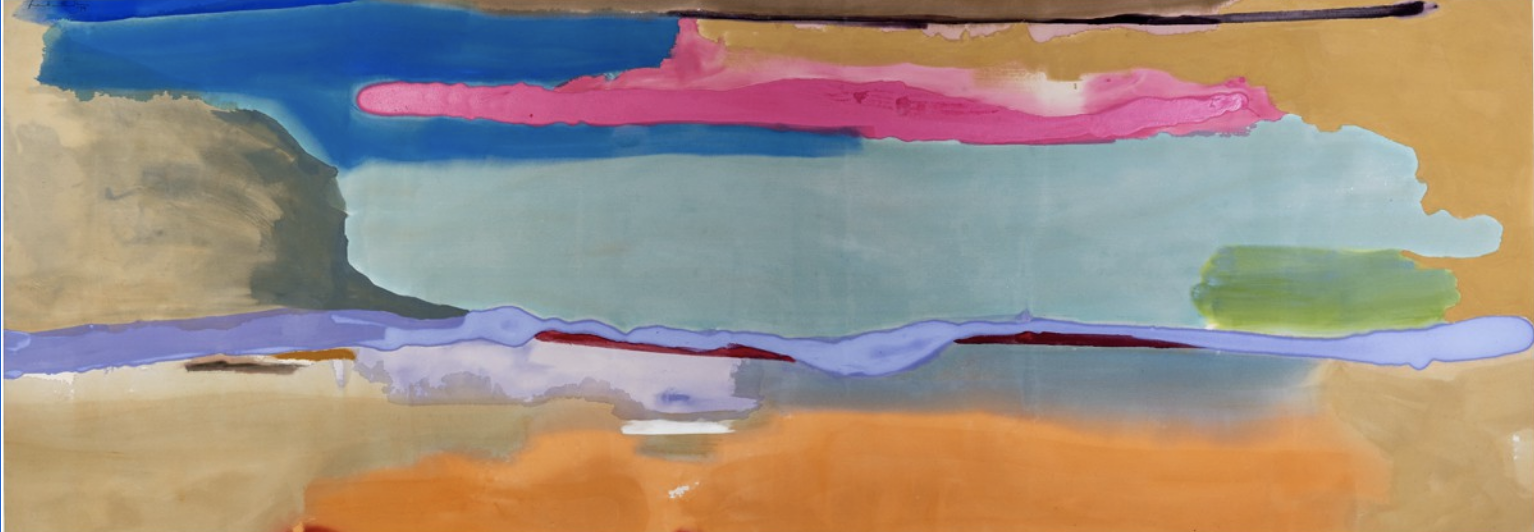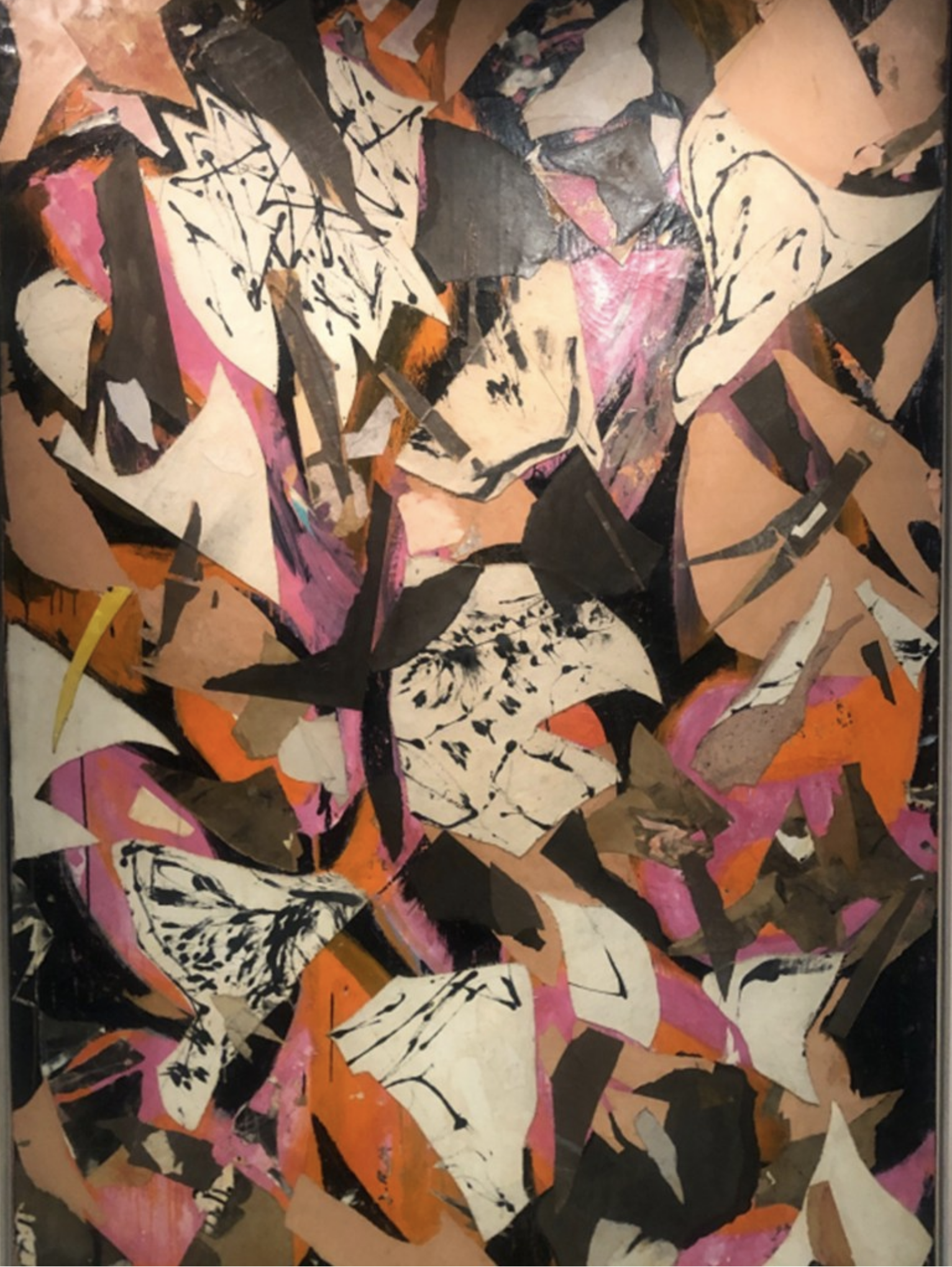The Havering Council Spy Planes: Jeopardy (Whether Real or Imagined) Stiffens the Sinews and Focuses the Mind
Roger Mayne - Boys Against a Wall, Dublin 1957
‘Jump off the cliff and learn how to make wings on the way down.’
Ray Bradbury
Over the long hot summers of my childhood, my brother Martin and I would play cricket, collect grasshoppers and dig holes in the back garden.
Our house backed onto a school playing field, and sometimes Jeff Richards and the Chergwin boys would gather on the other side of the fence, so that we could throw mud bombs at each other.
Harmless fun. Though our elderly neighbour, flat-capped Mr Holland, a veteran of the First World War, would look up from his loganberry bushes to warn us of the danger of hidden stones.
‘You’ll take someone’s eye out with that!’
Often Martin and I would clamber up the lilac tree and over the back fence, to join Jeff and the Chergwins in the school playing fields. There, under a bright yellow sun, we would compete in our own Heath Park Road Olympics: racing around the running track, jumping in the sandpit, boxing without gloves.
Technically we were not allowed on the council fields, and when occasionally a light aeroplane flew overhead with its lights blinking, we all threw ourselves face down onto the grass, so as not to be identified in the photographs.
‘Dive! Dive! Quick! It’s the council!’
In retrospect, I guess those were not Havering Council spy planes. They were just regular flights making their approach to a nearby airfield. But the sense of danger, the fear of being identified as trespassers, made it all seem so thrilling.
‘Art is an adventure into an unknown world, which can be explored only by those willing to take risks.’
Mark Rothko
In the world of work, we may also find that we perform better when there is a certain amount of risk – of losing a campaign, of being fired from an account, of missing our numbers. The jeopardy stiffens the sinews, focuses the mind.
Similarly, a rivalry can get the juices flowing. I recall from ‘The Last Dance’ documentary that Michael Jordan would perceive, or even invent, slights, insults or disrespectful gestures from opposing players, so as to motivate himself and his teammates.
Without conflict, competition or peril, there is always the danger of complacency. The effort drops. The pace slackens. The focus drifts.
And so, whatever the task or endeavour, we would all do well to embrace urgency and intensity; to introduce opposition and jeopardy; to reflect on risks and rivalries - whether they be real or imagined.
‘If you practise poetry the way I think it needs to be done, you're going to put yourself in jeopardy.'
Amiri Baraka
'I'm all mixed up inside,
I want to run, but I can't hide.
And however much we try,
We can't escape the truth and the fact is...
Don't matter what I do,
It don't matter what I do,
Don't matter what I do,
Don't matter what I do,
Don't matter what I do,
Because I end up hurting you.
One more covered sigh,
And one more glance you know means goodbye.
Can't you see that's why
We're dashing ourselves against the rocks of a lifetime.
In my mind different voices call.
What once was pleasure now's pain for us all.
In my heart only shadows fall.
I once stood proud, now I feel so small.
I don't know whether to laugh or cry.
The long hot summer just passed me by.’
Style Council, ‘Long Hot Summer’ (P Weller)
No. 524





